算法进阶课整理
CSDN个人主页:更好的阅读体验

原题链接
题目描述
给定一个包含 n n n 个点 m m m 条边的有向图,并给定每条边的容量和费用,边的容量非负。
图中可能存在重边和自环,保证费用不会存在负环。
求从 S S S 到 T T T 的最大流,以及在流量最大时的最小费用。
输入格式
第一行包含四个整数 n , m , S , T n,m,S,T n,m,S,T。
接下来 m m m 行,每行三个整数 u , v , c , w u,v,c,w u,v,c,w,表示从点 u u u 到点 v v v 存在一条有向边,容量为 c c c,费用为 w w w。
点的编号从 1 1 1 到 n n n。
输出格式
输出点 S S S 到点 T T T 的最大流和流量最大时的最小费用。
如果从点 S S S 无法到达点 T T T 则输出 0 0。
数据范围
2 ≤ n ≤ 5000 2≤n≤5000 2≤n≤5000,
1 ≤ m ≤ 50000 1≤m≤50000 1≤m≤50000,
0 ≤ c ≤ 100 0≤c≤100 0≤c≤100,
− 100 ≤ w ≤ 100 -100 \le w \le 100 −100≤w≤100
S ≠ T S≠T S=T
算法步骤
费用流算法本质上是 EK 算法,只不过将找增广路的 BFS 算法替换为了 SPFA 算法。
- 找到一条费用最少(最多)的增广路径
- 更新残量网络
- 累加最大流量
算法时间复杂度 O ( n m f ) O(nmf) O(nmf)
AC Code
C + + \text{C}++ C++
#include <iostream>
#include <cstring>using namespace std;const int N = 5010, M = 100010;
const int INF = 1e9;int n, m, S, T;
int h[N], e[M], ne[M], f[M], w[M], idx;
int q[N], d[N], pre[N], lim[N];
bool st[N];inline void add(int a, int b, int c, int d)
{e[idx] = b, f[idx] = c, w[idx] = d, ne[idx] = h[a], h[a] = idx ++ ;e[idx] = a, f[idx] = 0, w[idx] = -d, ne[idx] = h[b], h[b] = idx ++ ;
}bool spfa()
{int hh = 0, tt = 1;memset(d, 0x3f, sizeof d);memset(lim, 0, sizeof lim);q[0] = S, d[S] = 0, lim[S] = INF;while (hh != tt){int t = q[hh ++ ];if (hh == N) hh = 0;st[t] = false;for (int i = h[t]; ~i; i = ne[i]){int j = e[i];if (d[j] > d[t] + w[i] && f[i]){d[j] = d[t] + w[i];pre[j] = i, lim[j] = min(f[i], lim[t]);if (!st[j]){st[j] = true;q[tt ++ ] = j;if (tt == N) tt = 0;}}}}return lim[T] > 0;
}void EK(int& flow, int& cost)
{while (spfa()){int t = lim[T];flow += t, cost += t * d[T];for (int i = T; i != S; i = e[pre[i] ^ 1])f[pre[i]] -= t, f[pre[i] ^ 1] += t;}
}int main()
{int a, b, c, d;memset(h, -1, sizeof h);scanf("%d%d%d%d", &n, &m, &S, &T);while (m -- ){scanf("%d%d%d%d", &a, &b, &c, &d);add(a, b, c, d);}int flow = 0, cost = 0;EK(flow, cost);printf("%d %d\n", flow, cost);return 0;
}

最后,如果觉得对您有帮助的话,点个赞再走吧!
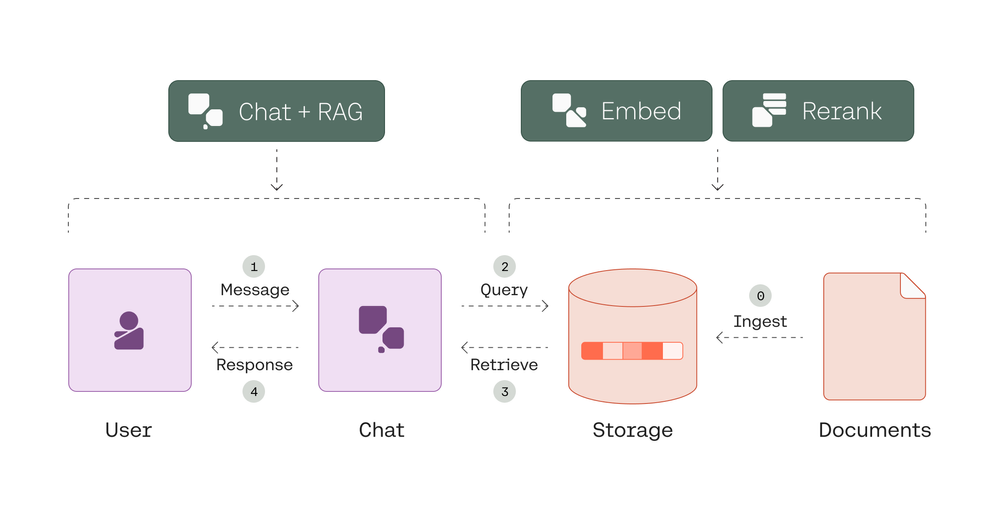
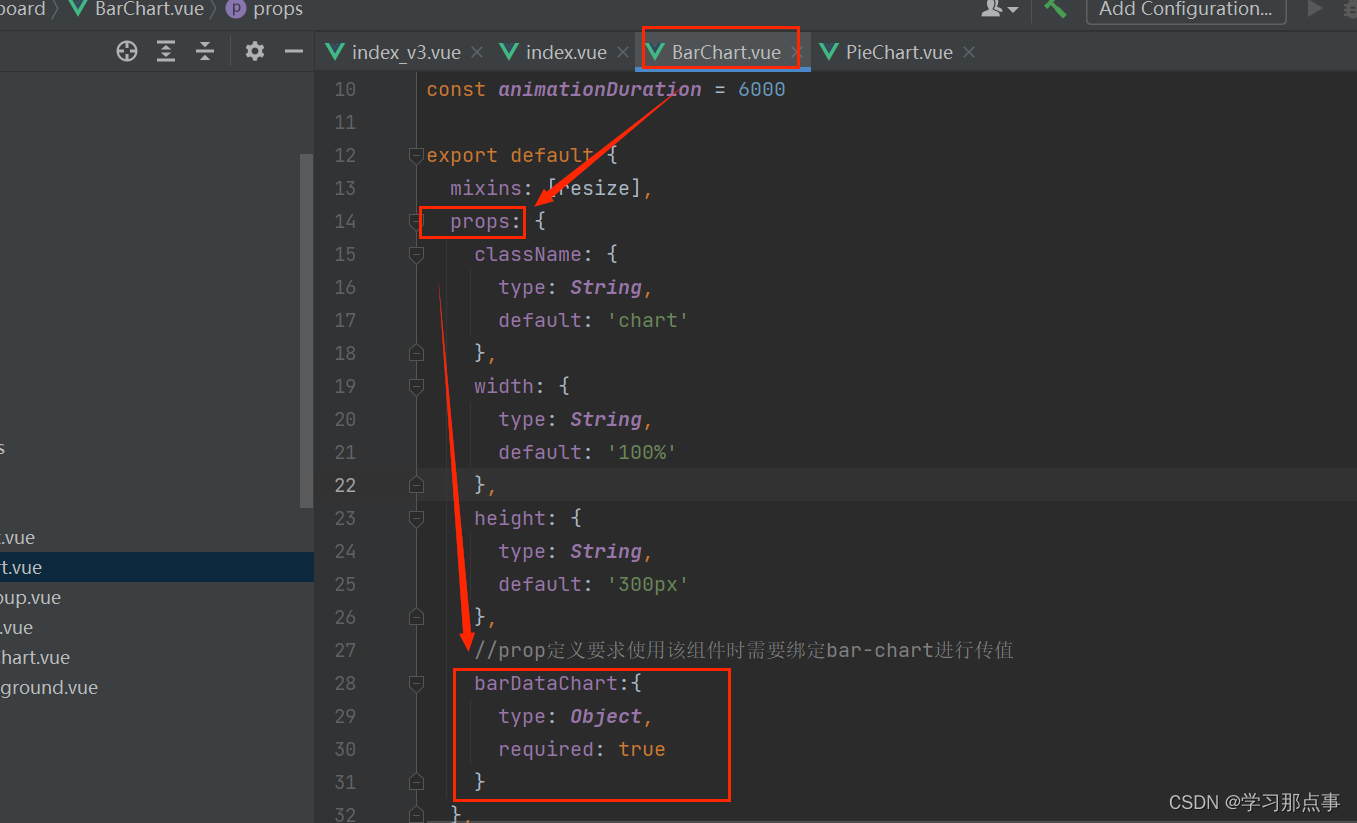

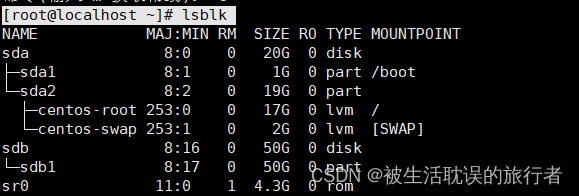
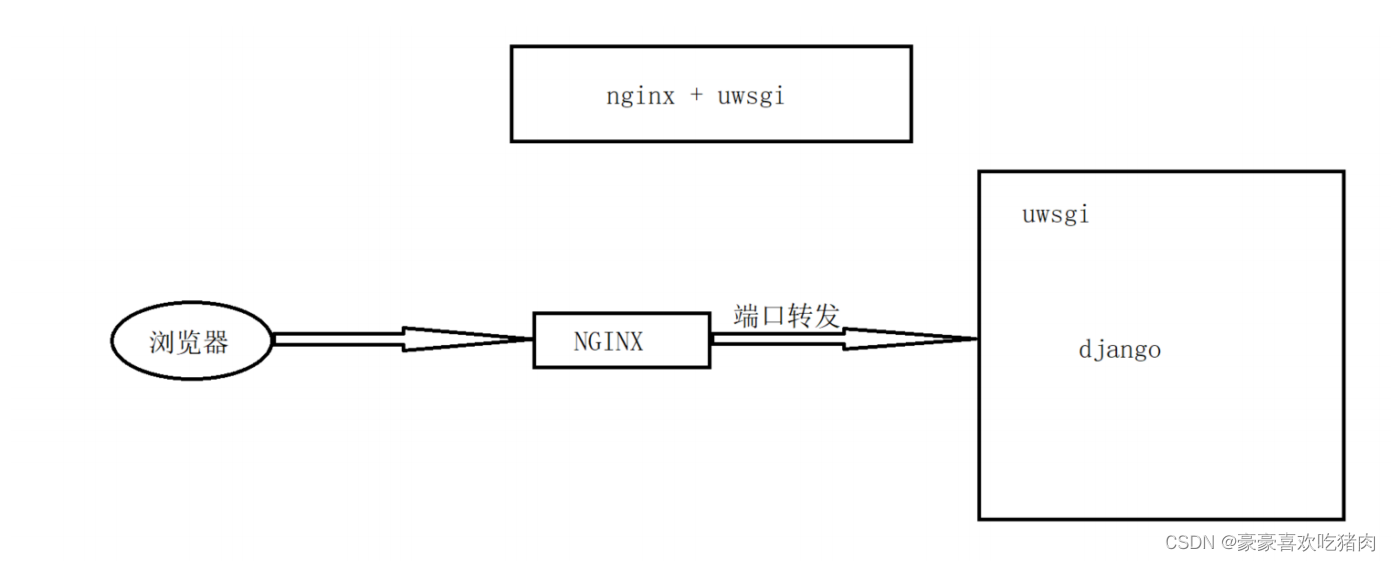



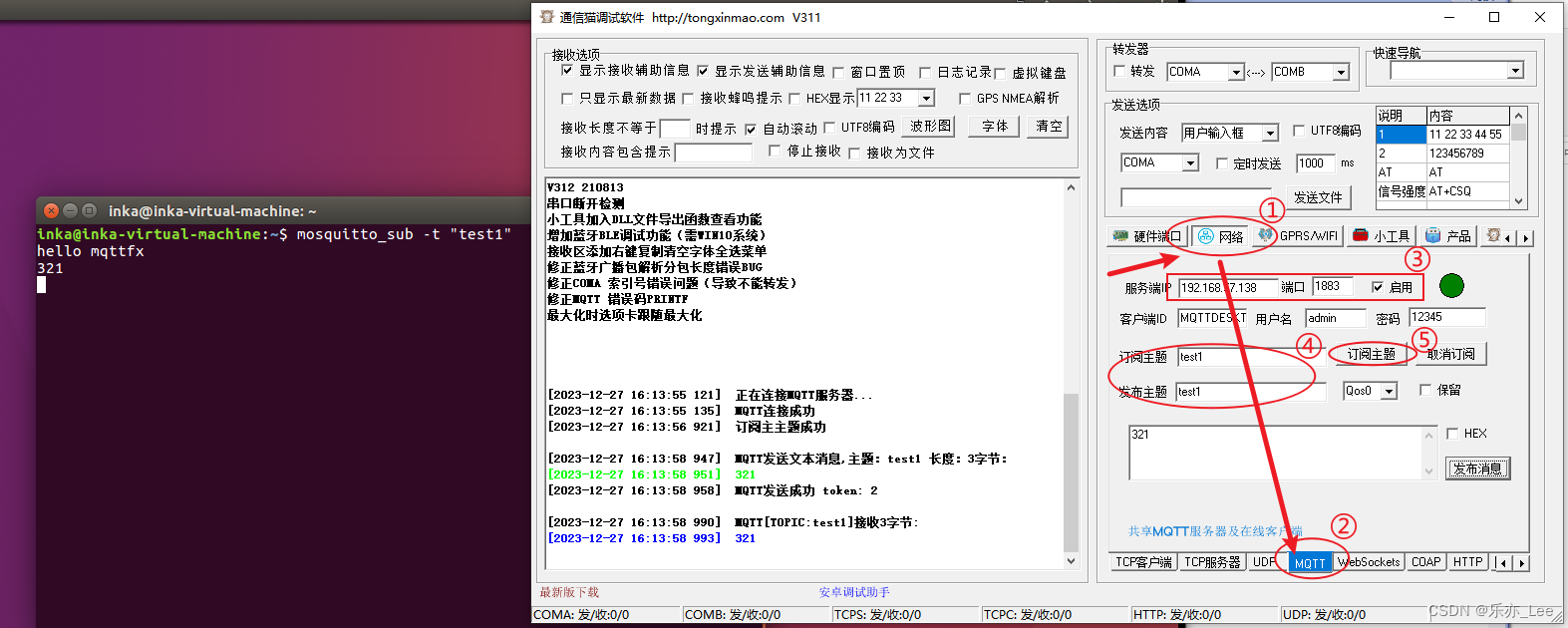
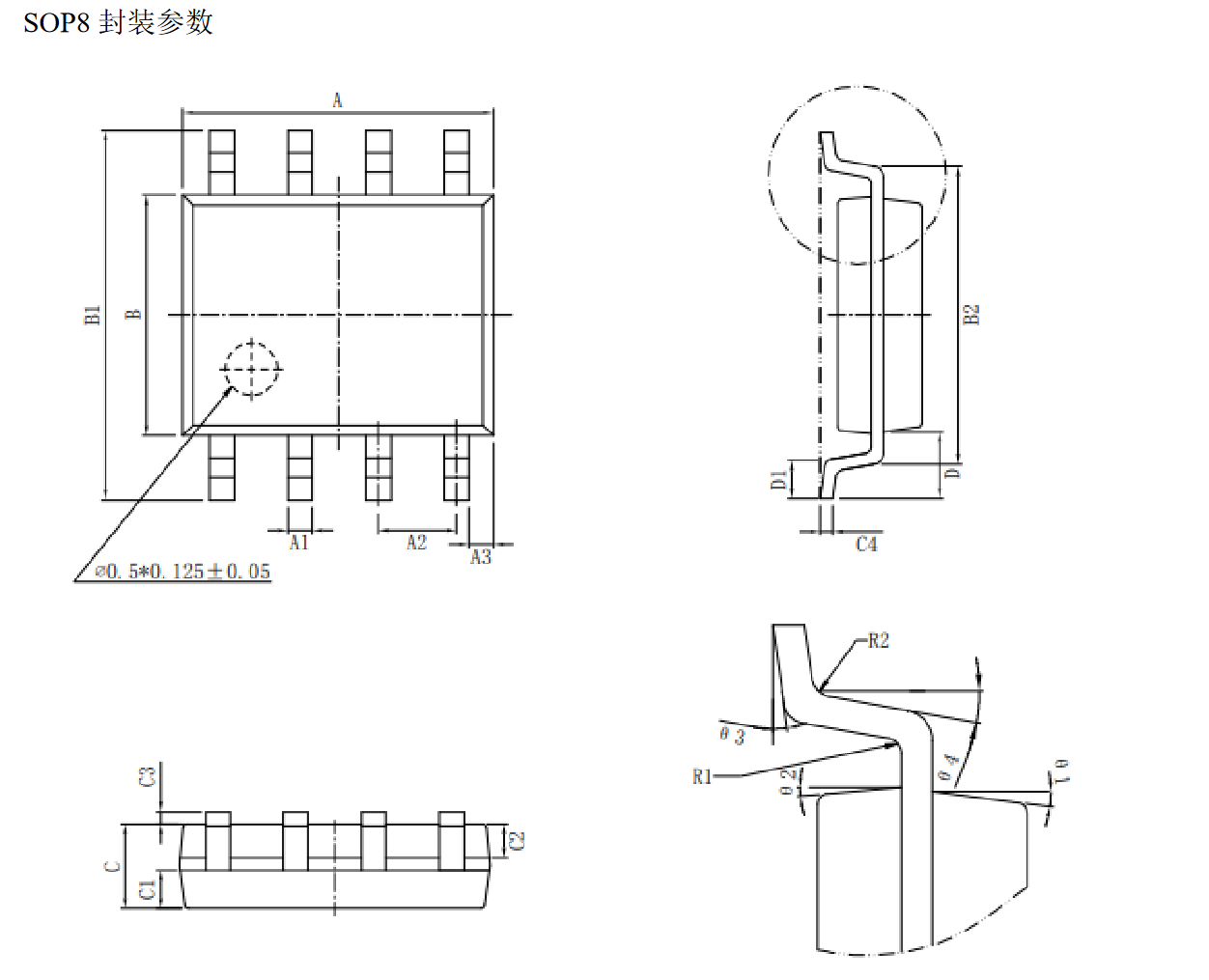
![Flink Kafka[输入/输出] Connector](https://img-blog.csdnimg.cn/direct/8a54a4ce359b4291b6acbf895ff3881e.png)
